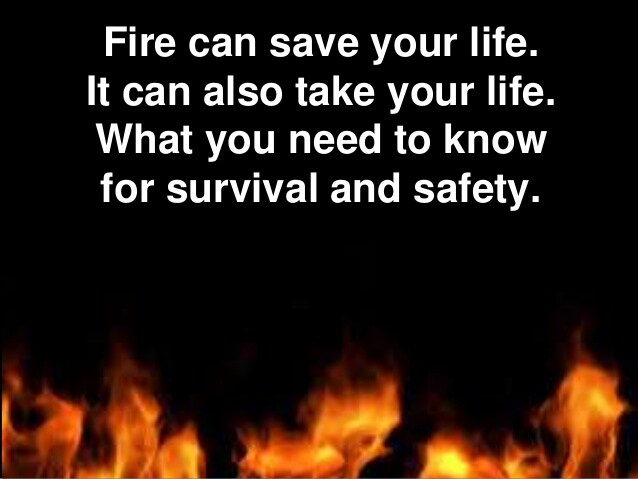
Unless you’ve actually done it, starting a fire seems easy. I see so many movies and shows where people get a fire going with no problem. Roaring blazes that last forever. Torches that burn indefinitely.
The reality is, fire starting, especially in a survival situation, or even just camping, is a lot harder than it appears.
While I have field expedient ways of initiating a fire in my survival book, they are extremely difficult. It’s much easier to have lighters and matches in your car, grab-n-go bags and small survival caches. When I deployed, I carried several lighters on me in various places.
Some caveats on fire starting. Make sure whatever you start doesn’t get out of control. Fire is our friend until it becomes our enemy.
There are keys to starting any fire. First is gathering the proper flammables. They should be dry. If your environment is damp or wet, search for dry material under hanging rocks, under logs, or even gather damp material and put inside your shirt to use your body warmth to dry it out. Breaking damp sticks should expose a dry portion. Don’t use soggy or rotten wood.
You need three piles:
Tinder: Dry, flammable material that needs only a few sparks to ignite. Thin, fibrous plant material. Fine steel wool. Tinder is easy to ignite but does not sustain fire. So you need . . .
Kindling: Slightly larger organic material that feeds the fire initially. Dry wood chips, twigs, dry strips of bark, dry grass stalks, refuse such as paper.
Firewood: Thicker branches and logs take longer to ignite, but once they do, they sustain the fire longer.
Field expedient ways:
Hand drill: This field expedient way to build a fire is also the most labor intensive. Use a piece of hardwood as the fireboard. Make a notch in it with a knife or pointed rock. You need a two-foot-long stick whose tip fits into the notch. Surround the notch with tinder. Roll the stick between your palms (wear gloves if you have them), causing friction. Enough friction causes heat. It will start smoking and ignite the kindling. Slowly add kindling to build the fire.
Mirror/Glass: This requires two items. Sunlight and a parabolic mirror or lens. The reflector of a flashlight, or the clean inside of a soda can cut open are possibilities in a pinch. A clear bottle filled with water can also work. Anything that can focus the rays of the sun. Direct the focus sunlight on the kindling.
Honestly, when I go camping/boondocking I take Duraflame logs, and cut them in quarters. A quarter of one of those logs is one of the easiest fire starters around. I carry them on my Gladiator in a hose carrier bolted on my rack—they fit perfectly when separately wrapped inside a small plastic shopping back.
Sustaining a long term fire: keep the flames going. If a fire burns down to embers, you use the core of that to restart the fire, using the same flow as starting a new fire: tinder, kindling, firewood. Tossing firewood on embers could disperse the embers and cause you to start over again.
I recommend anyone serious about preparation, practice starting a fire outdoors, even if you just use a lighter to start it. You’ll find it a bit more difficult than you expect but with practice you can get better.
Actually, that’s something we all need to do with all gear, even if we’re just going camping. Set up that new tent at home for the first time, not out in the wilderness. Use every piece of emergency gear, from water filters to radios at least once before having to use it in an emergency. Use your emergency Apps at least once before needing them. You don’t want to have figure it out in the actual emergency
Partly excerpted from The Green Beret Preparation and Survival Guide
Also from a free slideshow at www.bobmayer.com/workshops

Recent Comments